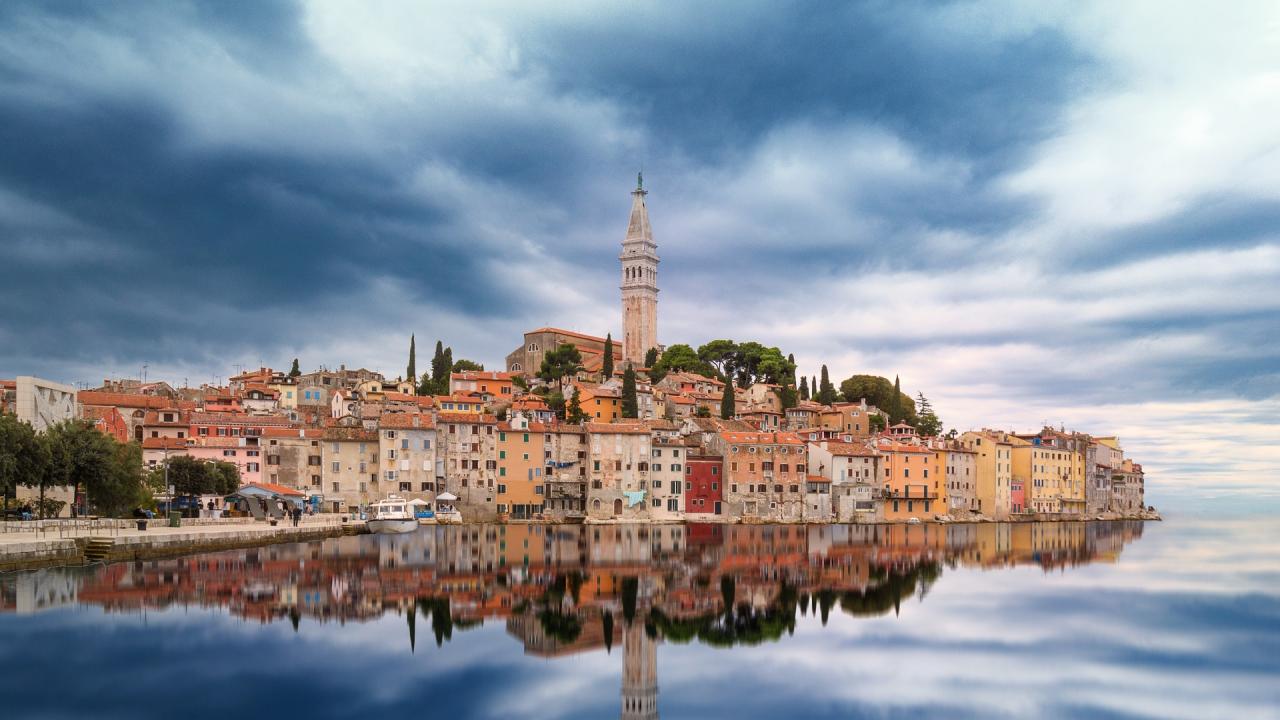Istrian Truffels
Truffles are are very rare species of mushrooms growing subterran fungal bodies that look rather ordinary, if not disgusting. They need special conditions and can therefore not be found everywhere. And due to the fact that they grow underground, they are very difficult to find. One kilogram of white truffles can cost up to EUR 9.000,00. There have been many attempts to breed them on a large scale, but as it happens with many mushrooms, those attempts failed spectacularly. Only a few types of mushrooms like Champignons, Shitake, Oyster mushrooms and some Morels can be successfully cultivated.
Well maybe you have heard of the exquisite truffles of Piedmont in Italy or from Périgord in France. But I bet you have never heard of Istrian truffles. But in the river valley of Mirna, between the small towns of Buzet and Buje in the north, Motovun and Pazin in the center of the peninsula, buried around 10 to 30 centimeters in the grey earth of the oak forests, you can find the Istrian truffle. The stronger and rarer white truffle and the black truffle.
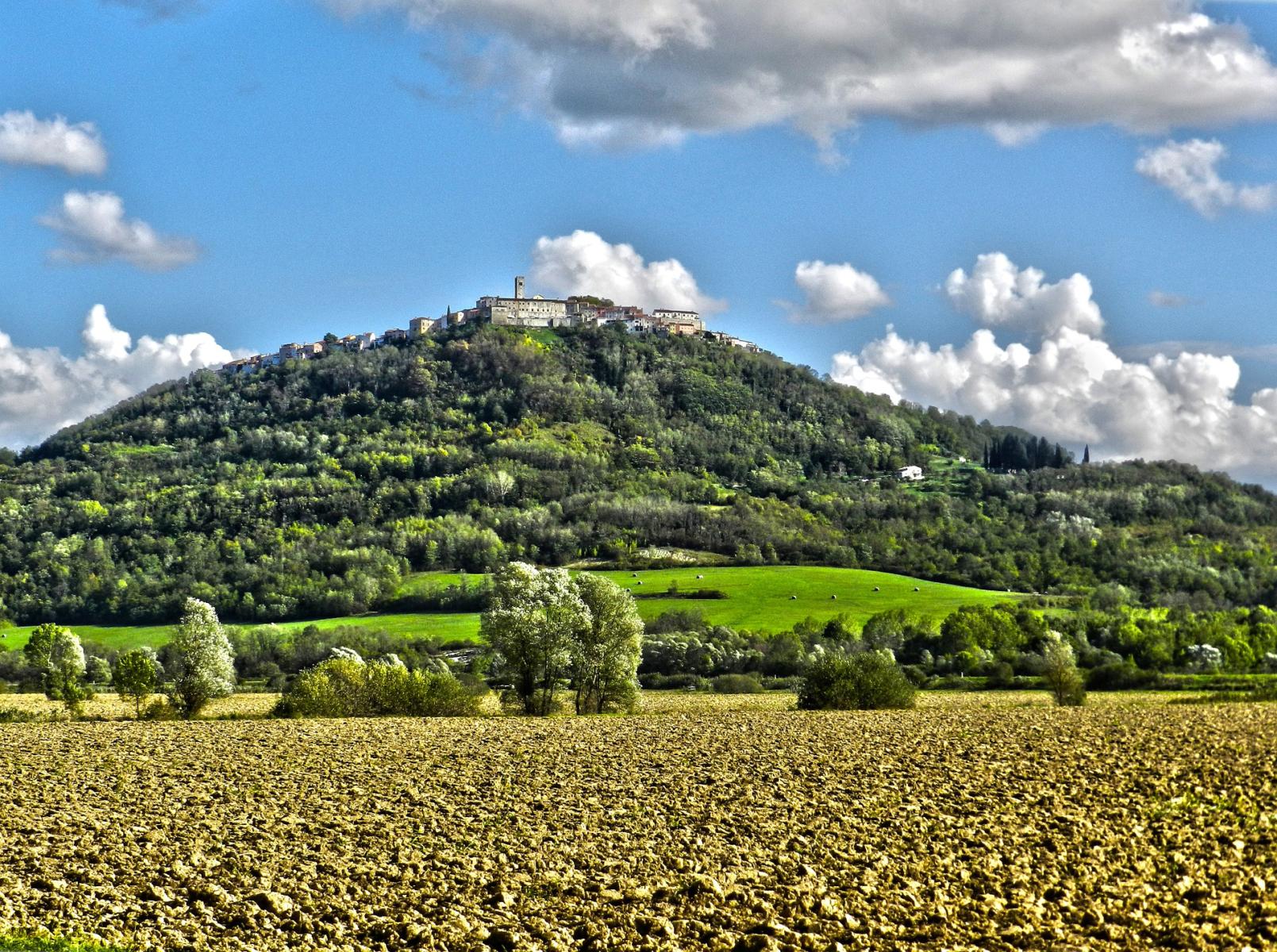
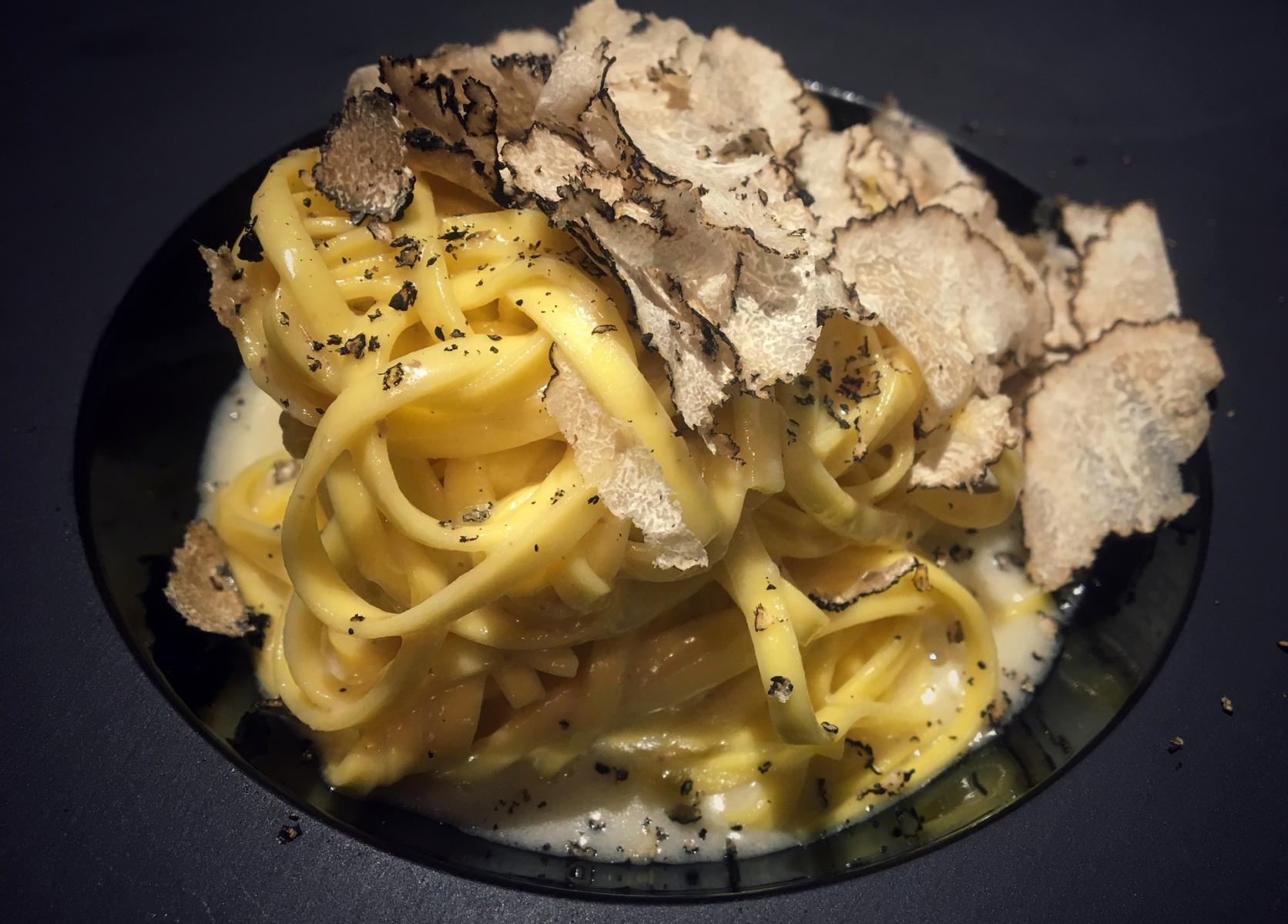
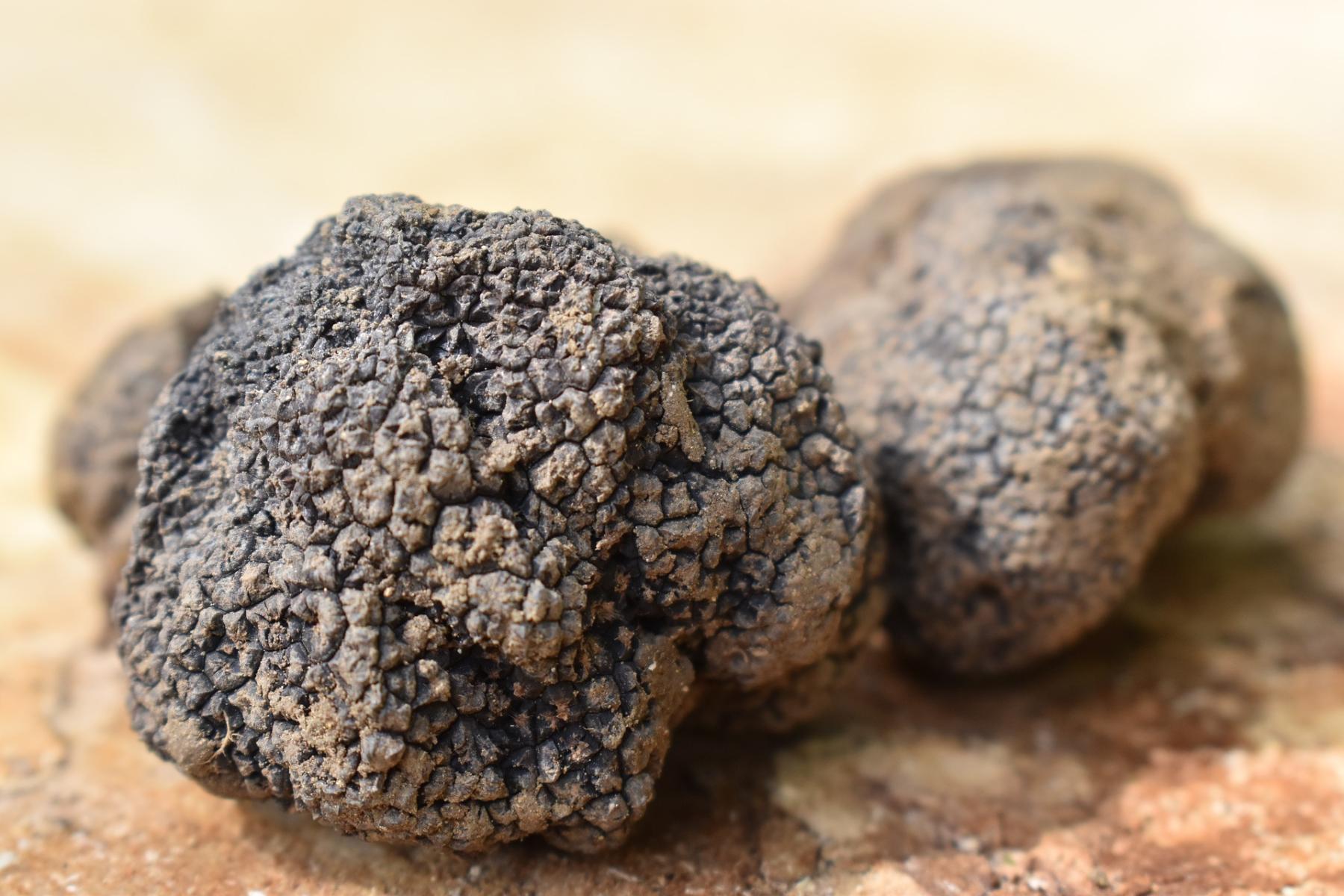
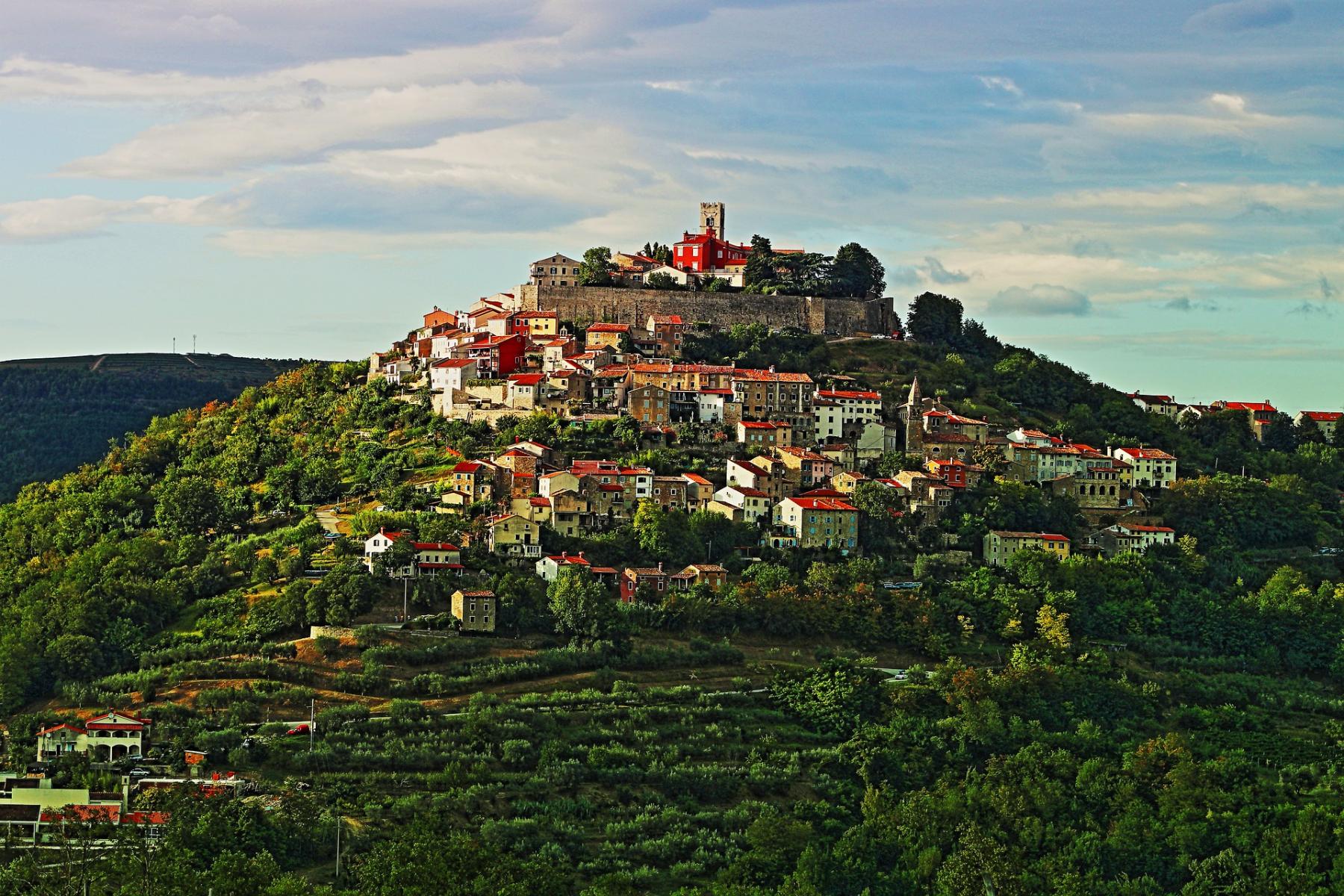
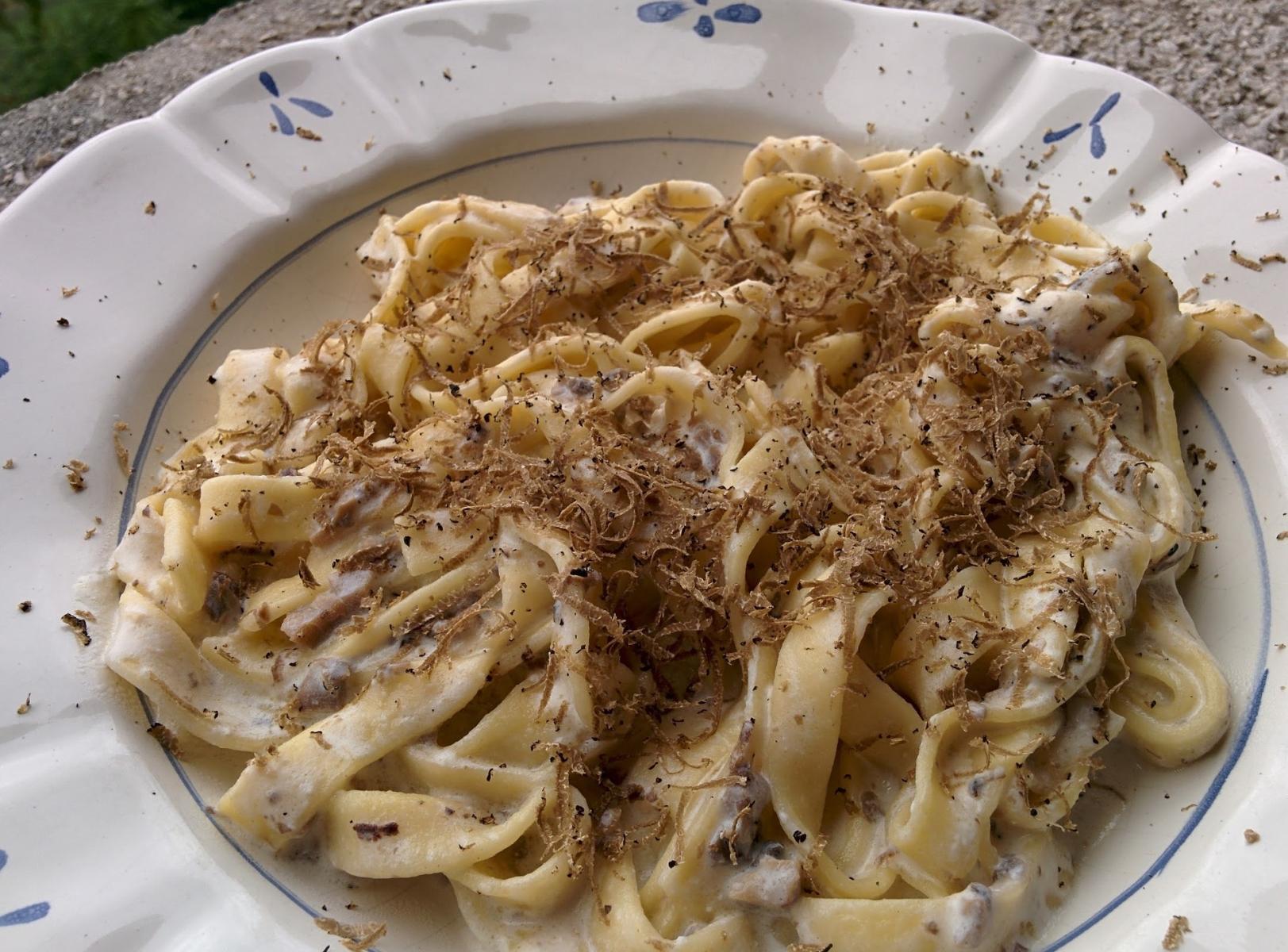
Back then in good old communist Yugoslavia, lavish gourmet food was no priority at all, on the contrary. I’m pretty sure that Tito enjoyed some truffles oil on his imported Argentinian steak when relaxing on his private estates on the Brijuni Islands just off the coast of Pula. But if I have to guess, the truffles were also imported from Piedmont in Italy or Périgord in France.
But in the diversely populated region of Istria, where Italians, Slovenians and Croatians lived together first under Austrian Habsburg rule, then under Italian and finally Yugoslavian government, truffles were always part of the regional cuisine. Just nobody knew.
Yugoslavia was already a popular holiday destination for Italians, Germans, Austrians and Dutch before it split up during the Balkan wars. There were privately owned restaurants and even some hotels in socialist Yugoslavia during those days. The Socialist Federal Republic of Yugoslavia was no Soviet Union and Tito was no Stalin - at least when it comes to the numbers of political prisoners killed in concentration camps on some remote islands not accessible by the public. Yugoslavs could travel abroad, even to Western Countries, they were even allowed to work abroad (and send their money back home to their families) and the never were submitted to such extensive collectivization efforts like in the USSR.
But the private tourist sector wasn’t quite innovative either. I remember my Mum always taking little sachets with ketchup in her handbag when I was a kind and we went out for dinner, as there simply was no ketchup available in Yugoslavia at that time. I remember only eating Cevapcici (grilled minced-meat sticks) and Pljeskavica (Balkan-style meatloaf) with minced onions and Ajvar (a popular dip made of tomatoes, onions, garlic and pepperoni). When the first Pizza place opened some years prior to the breakup of the country, we were delighted to eat Pizza Margherita. Of course, there was fish, like squid, and mussels, but not for me. And a lot of coleslaw. At least, they had French fries. Or something that resembled French fries to some extent. In reality they were more like fried potatoes thrown through a hex machine.
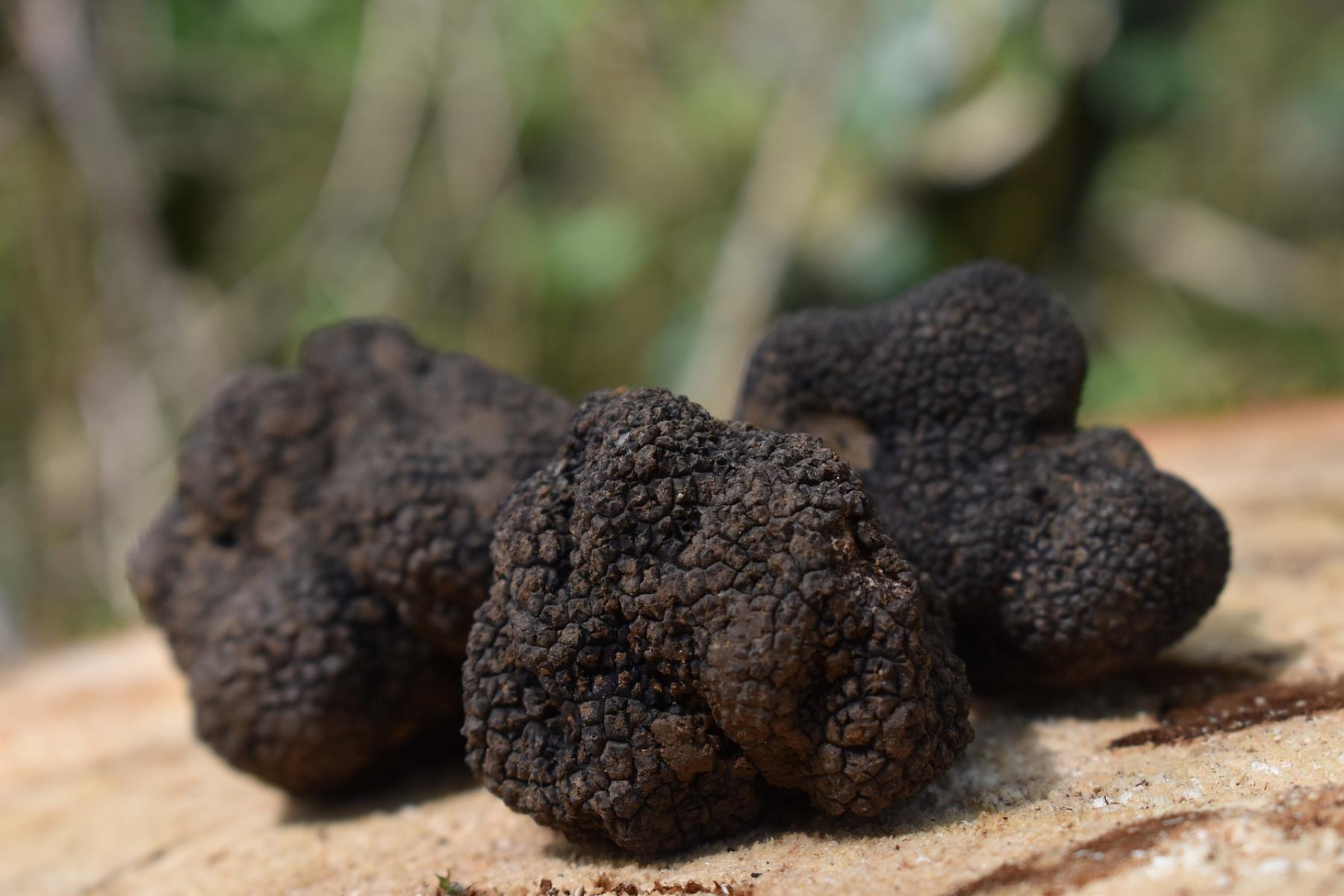
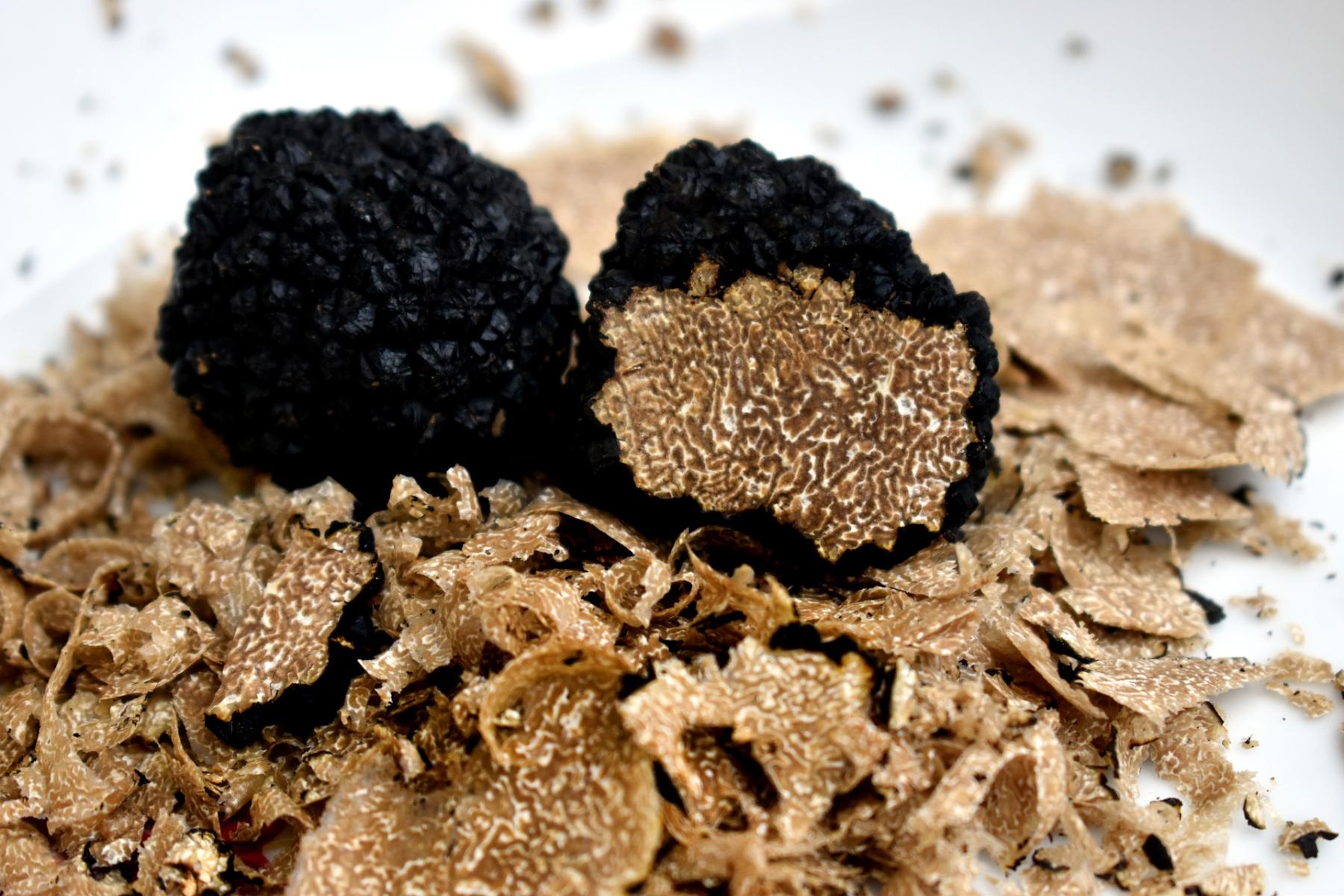
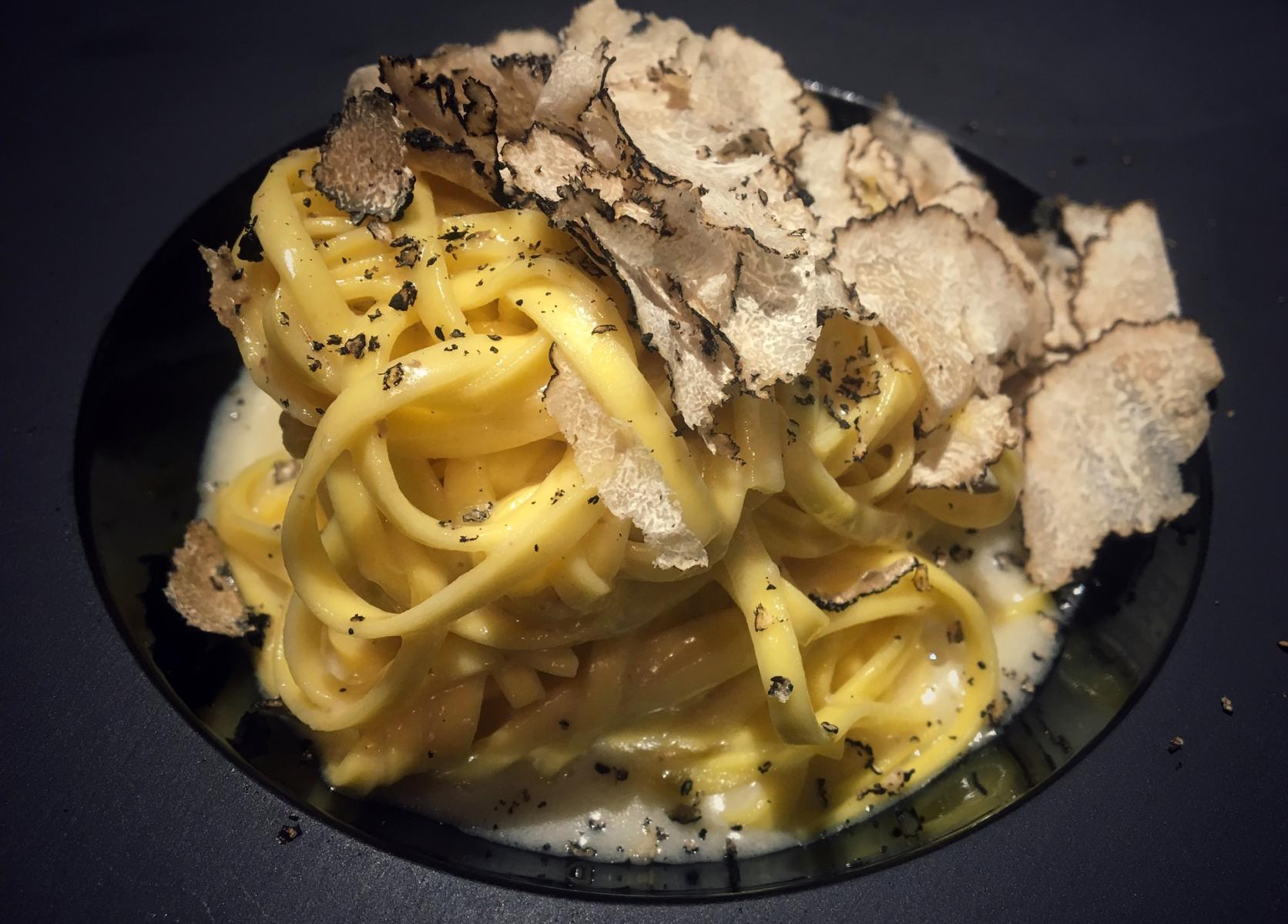
To sum it up:
The menus were short and looked the same everywhere.
And there were no signs of truffles to be found anywhere.
After the war, when the - now independent - countries where rebuilding their economies according to the capitalist Western way, the tourist industry and the restaurants oriented themselves on the taste of their guests. Now Pizza was everywhere and you could also have your Wiener Schnitzel in the harbor restaurants of Poreč, Piran and Rovinj.
But in recent years,
Istria’s chefs remembered their traditional products and delicacies and suddenly, local truffles was to be found on the menus for the first time.
Highly recommended are Istrian Fuzi - a regional pasta variant - with cream sauce and grated truffles or semi-hard truffles cheese made of sheep or goat milk.
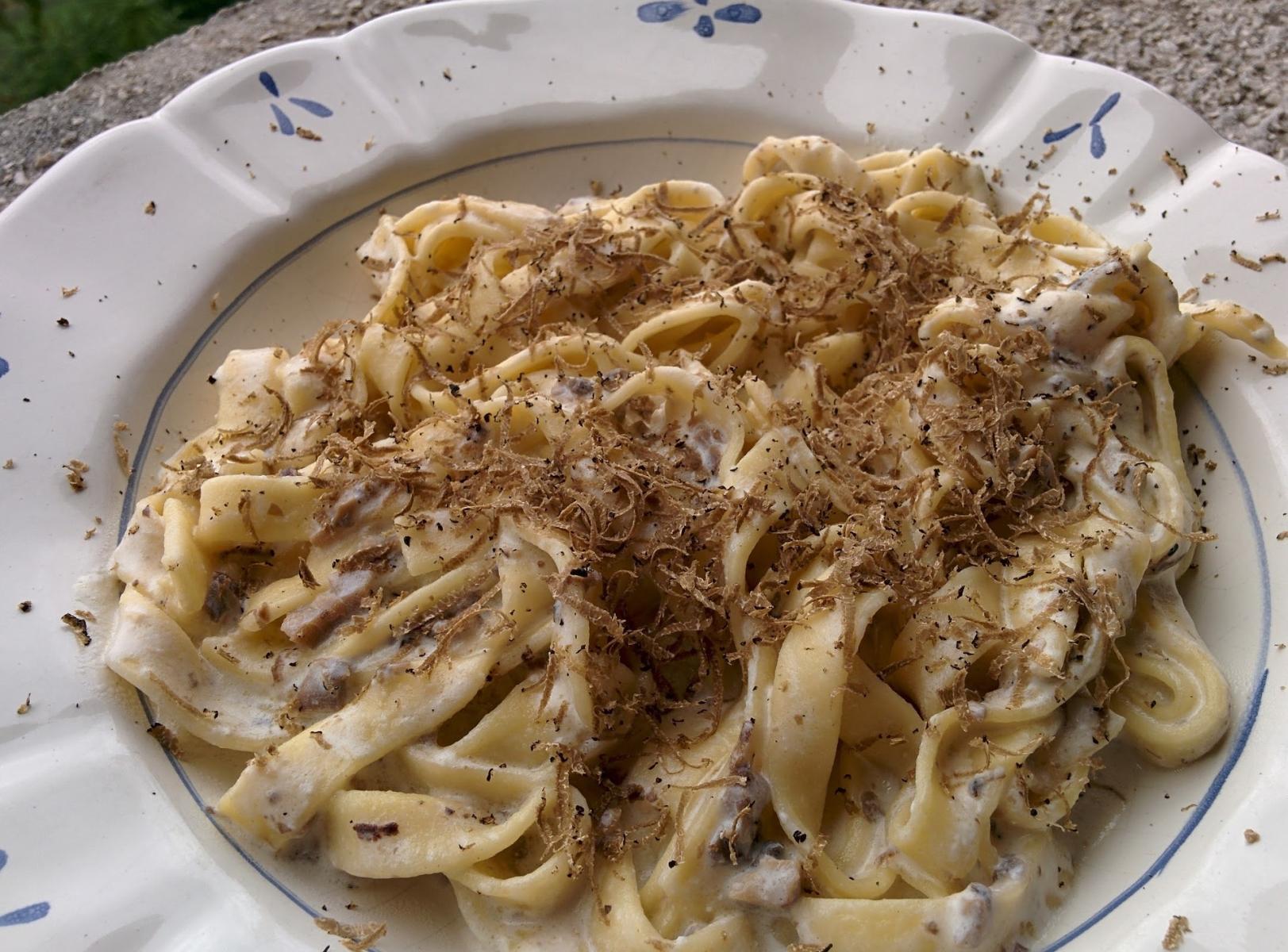
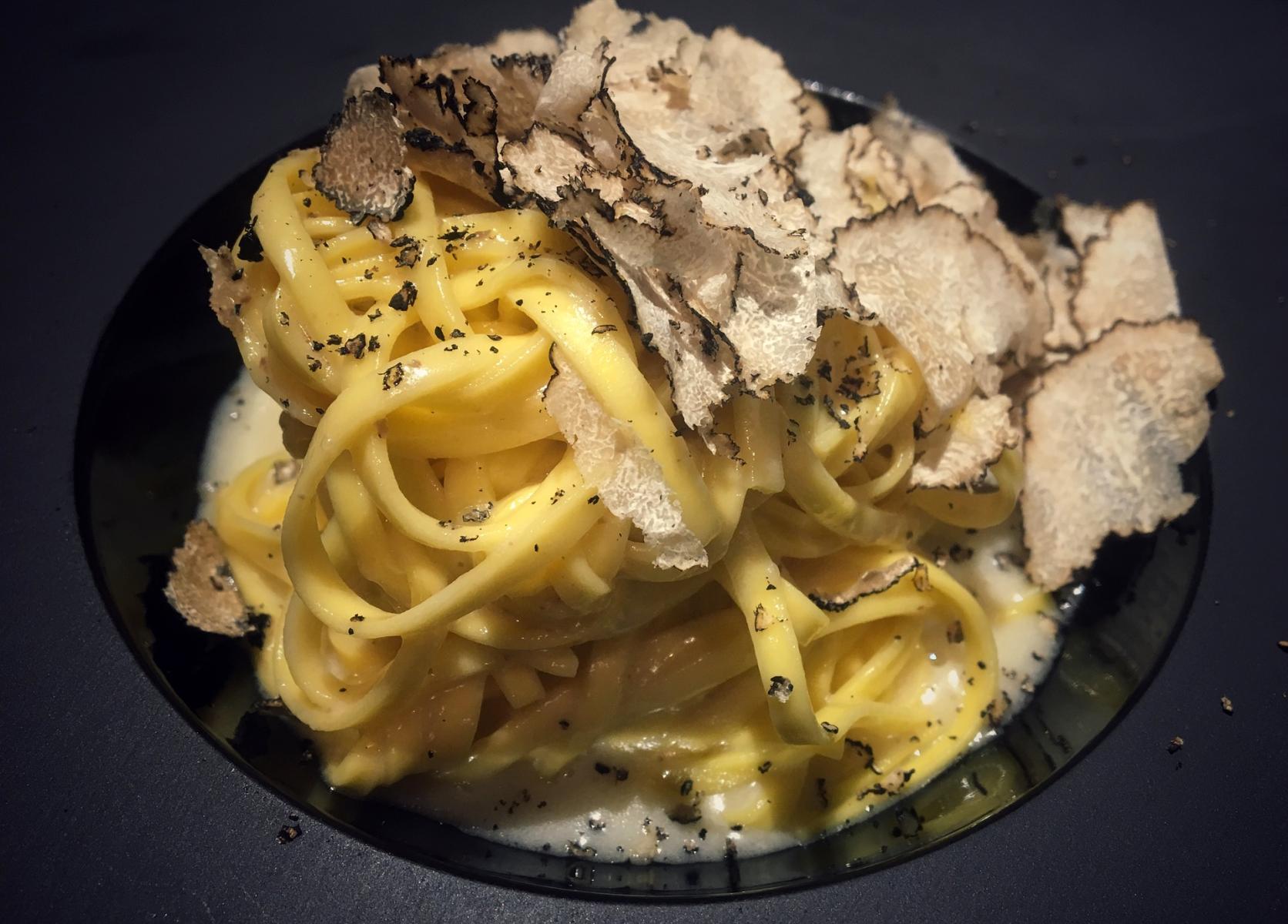
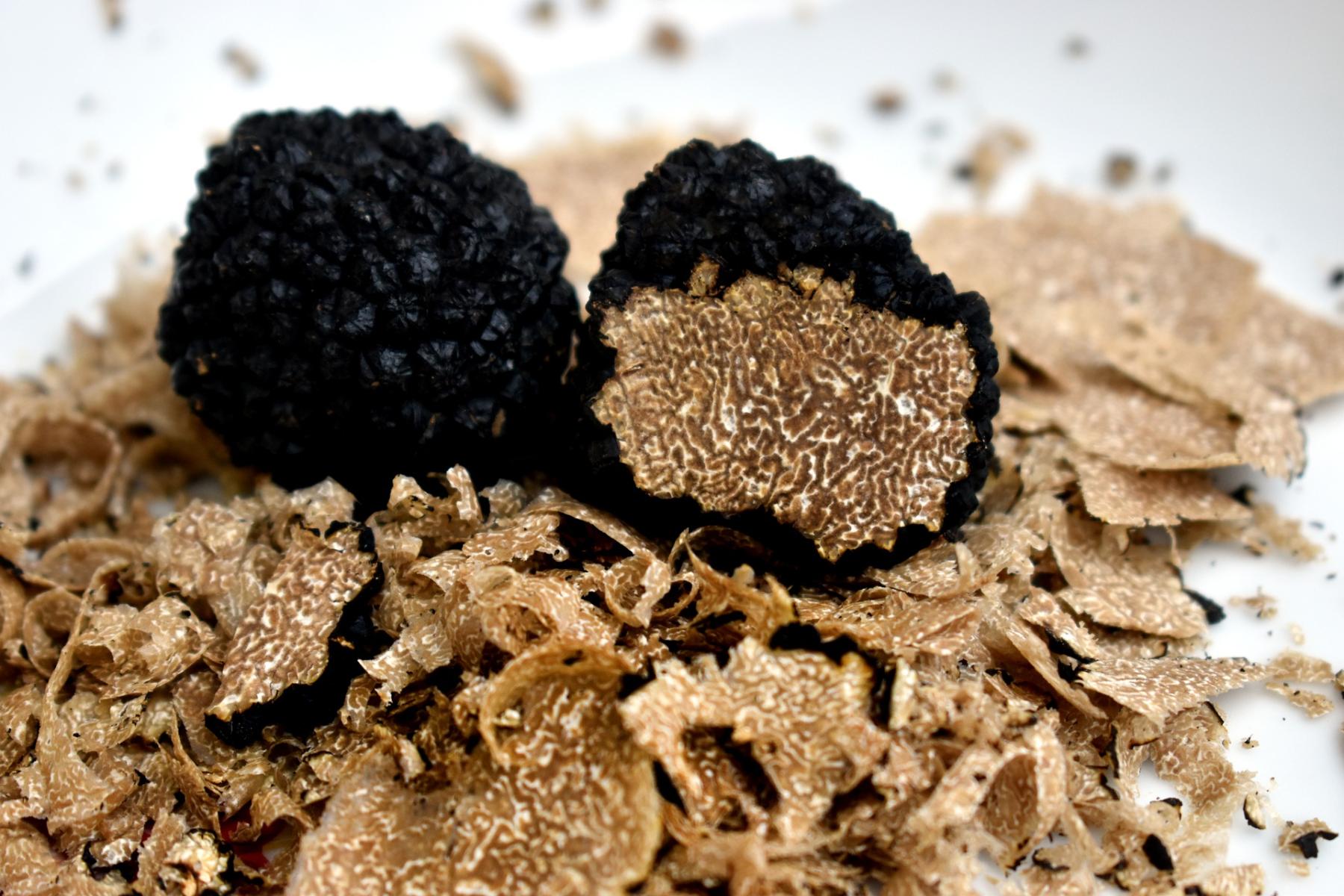
If you want to take the very special taste home, there’s plenty of products you can choose from. The combination of excellent Croatian olive oil and truffles is the easiest and most durable way. Look at the bottom of the bottle, if there are real slices of truffles. If the oil is completely clear or the bottle is non-transparent, you can be sure, that the product is of low quality. I would also recommend to avoid buying it on farmers markets, as the oil is rancid quite often.
There’s also truffles butter, the above mentioned truffles cheese, truffles salt, marinated sliced or whole truffles, truffles cream, truffles salami and Tartufata, a sauce made of Champignons, olive oil and black truffles.
White truffles are of higher quality and better taste, compared to the black truffles. You can find all the above mentioned specialties with both, black and white truffles.
I can recommend truffles products from Zigante, a local restaurant marketing their specialities on a larger scale. You can buy their products in most of the supermarkets.
One thing is for sure: You love or you hate the taste of truffles, there is no in-between. Ah, there’s one more thing to say - truffles is said to have an aphrodisiac effect …
